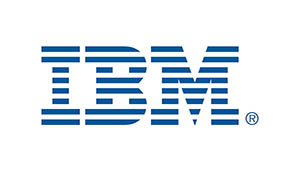 IBM’s deep learning technology can detect and classify the severity of diabetic retinopathy with 86% accuracy, according to new research. The diagnostic tool could help doctors and physicians better understand disease progression and determine treatment, IBM said.
IBM’s deep learning technology can detect and classify the severity of diabetic retinopathy with 86% accuracy, according to new research. The diagnostic tool could help doctors and physicians better understand disease progression and determine treatment, IBM said.
The company’s technology was trained to identify lesions using more than 35,000 eye images. It can classify the severity of disease across 5 levels: no diabetic retinopathy, mild, moderate, severe or proliferative diabetic retinopathy. The method combines deep learning, convolutional neural networks and dictionary-based learning to incorporate disease-specific pathologies.
“The alarming projections of the number of patients with diabetic retinopathy have major implications for the health system. The loss of vision from the condition can impose an enormous burden on the individual, including a loss of capacity to work and the need for intensive community support,” principal investigator Dr. Peter van Wijngaarden said in prepared remarks. “To substantially reduce the number of people unnecessarily losing vision from diabetic eye disease, there is a real need for innovation to improve effective screening of those who are at risk to enable early sight-saving treatment.”
Traditionally, clinicians diagnose diabetic retinopathy by monitoring patients with regular screenings. The process is time-intensive and subjective, IBM said.
Computer vision methods to diagnose and classify lesions in 20 seconds could help clinicians screen a greater number of patients.
“Recent advancements in deep learning and image analytics technologies are showing significant promise in the potential to help solve some of the greatest health challenges we face today,” VP and lab director of IBM Research Australia, Dr. Joanna Batstone, said. “Automated and highly accurate DR screening methods have the potential to help doctors screen far more patients than currently possible.”
